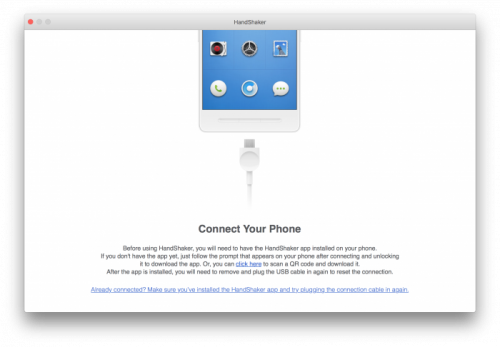


Using the WebSocket Protocol from Other Specifications. Registration of the "WebSocket" HTTP Upgrade Keyword. Connection Confidentiality and Integrity. RFC 6455 The WebSocket Protocol December 2011 7.1.6. The WebSocket Closing Handshake is Started. Supporting Multiple Versions of WebSocket Protocol.

Collected ABNF for New Header Fields Used in Handshake. Subprotocols Using the WebSocket Protocol. The Trust Legal Provisions and are provided without warranty asġ. Include Simplified BSD License text as described in Section 4.e of RFC 6455 The WebSocket Protocol December 2011 Code Components extracted from this document mustįette & Melnikov Standards Track Please review these documentsĬarefully, as they describe your rights and restrictions with respect This document is subject to BCP 78 and the IETF Trust's Legal
#File transfer handshaker no accessories how to#
Information about the current status of this document, any errata,Īnd how to provide feedback on it may be obtained atĬopyright (c) 2011 IETF Trust and the persons identified as the Internet Standards is available in Section 2 of RFC 5741. Internet Engineering Steering Group (IESG). Received public review and has been approved for publication by the It represents the consensus of the IETF community. This document is a product of the Internet Engineering Task Force This is an Internet Standards Track document. Not rely on opening multiple HTTP connections (e.g., using This technology is to provide a mechanism for browser-basedĪpplications that need two-way communication with servers that does The protocol consists of an opening handshakeįollowed by basic message framing, layered over TCP. Model used for this is the origin-based security model commonly usedīy web browsers. That has opted-in to communications from that code. Running untrusted code in a controlled environment to a remote host The WebSocket Protocol enables two-way communication between a client Updated by: 7936, 8307, 8441 Errata Exist Internet Engineering Task Force (IETF) I.


 0 kommentar(er)
0 kommentar(er)
